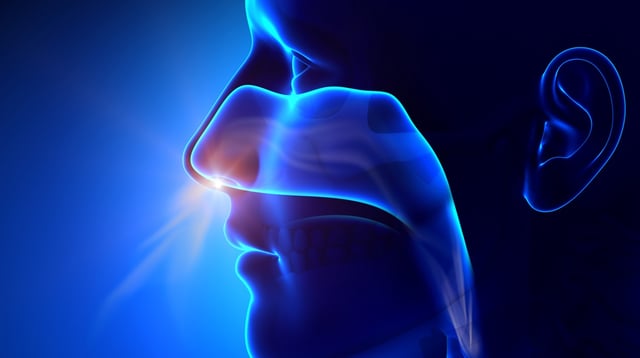Overview
- A Weizmann Institute team measured nasal airflow in 97 young adults over two years and used AI to identify individuals with 96.8 percent accuracy based on their breathing rhythms
- Analysis of 20 respiratory parameters showed that patterns reflect body mass index, sleep-wake cycles and levels of anxiety and depression
- The current wearable device uses nasal cannulas connected to a neck module to record airflow for 24 hours but is obtrusive, prone to slipping and does not capture mouth breathing
- Investigators aim to develop a more discreet, user-friendly sensor for continuous daily monitoring without visible tubing
- A follow-up study will explore whether instructing people to mimic healthy breathing patterns can alleviate anxiety and other mental health symptoms

